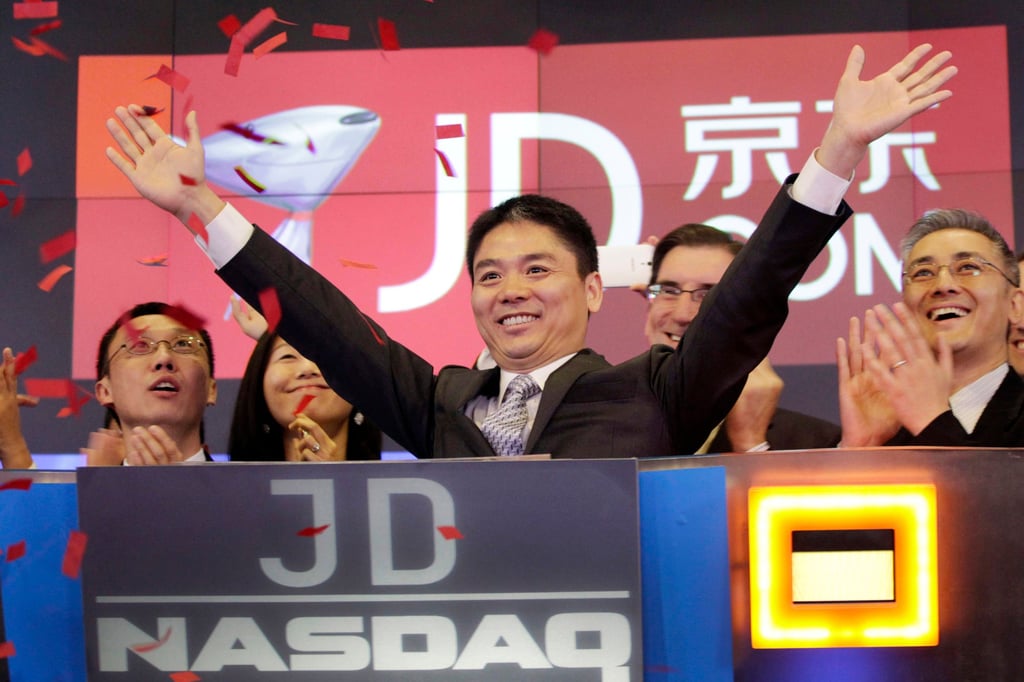Tech titans hew to China’s ‘common prosperity’ call, as 49 richest tycoons donate a record US$10 billion of their wealth
- Total donations by China’s 49 top philanthropists rose to a record US$10 billion, while the top 10 gave away 6.3 per cent of their combined wealth
- Seven of the top 10 philanthropists donated shares of their businesses to charitable foundations, according to Hurun

The founders of three of China’s technology giants each pledged over US$2 billion to charitable causes over the past year, in a collective response to the nation’s call for common prosperity that drove donations to a record, according to the Hurun China Philanthropy List 2022.
The list recorded 49 benefactors who each gave away more than 100 million yuan (US$14 million) from April 2021 to the end of August, driving total donations to a record US$10 billion, the most in 19 editions and “a record year for big philanthropy,” said Hurun’s chief researcher Rupert Hoogewerf.
“The top three on the list each donated around 15 billion yuan and came from internet companies,” Hoogewerf said in the list released on Wednesday. “They have recently retreated behind the scenes, and have all responded quickly to the country’s common prosperity drive.”

Common prosperity first emerged as a wealth distribution concept in the 1950s soon after the establishment of the People’s Republic, and resurfaced in the 1980s when China experimented with capitalism and economic liberalisation.